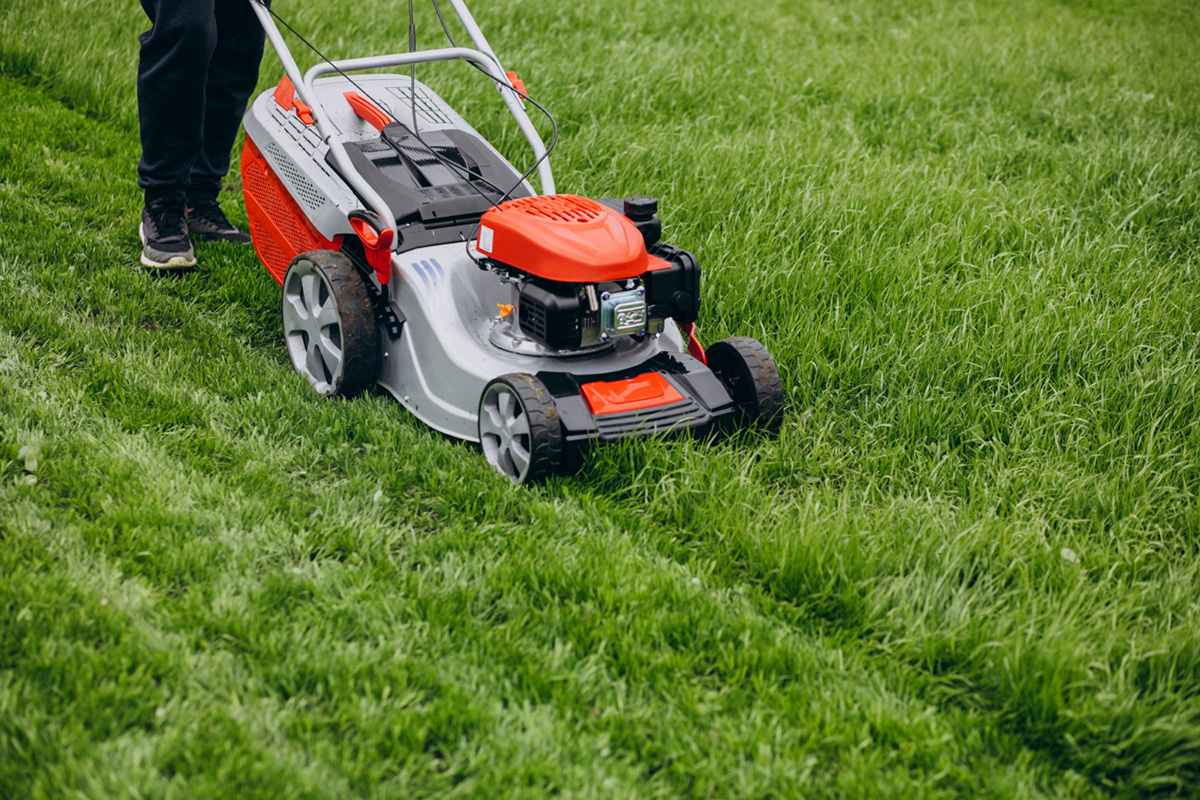How to Remove Grass

Before embarking on the grass removal process, it's crucial to consider several factors. The method of grass removal depends on the size of the property and the degree of slope. Take precise measurements of the areas where grass removal will occur. Ensure that any weeds and grass are eliminated before removing the sod. Implement effective grading techniques to prevent water retention and puddling on the lawn. Once the grass removal process is complete, the installation of new grass can commence.
Grass Removal Process
To begin, thoroughly spray the entire area with a professional-grade weed killer or a potent homemade organic alternative. This step is vital when learning how to remove grass. Allow the chemical to penetrate for up to 10 days before proceeding to remove the grass. If any weeds remain after 6 or 7 days, respray to ensure complete eradication.
The objective is to eliminate the majority of the root systems, setting the stage for long-term success. The grass removal process involves removing the surface layer of weeds and grass. Keep in mind that many weed and grass root systems extend as deep as three feet. Failing to use a pre-spray significantly increases the likelihood of weeds resurfacing. As the saying goes, "the best offense is a great defense," and this holds true when learning how to remove grass.
Preparing the Lawn for Grass Installation
Once the spraying is complete and the grass is deemed dead, the grass removal process can commence. There are three types of machines that can be used: a sod cutter, a skid steer (such as a bobcat or caterpillar), or a soil cultivator. The size of your property may determine the most efficient method of grass removal. For larger properties, half an acre or more, a skid steer or soil cultivator would be recommended.
One drawback of using a skid steer is the potential damage to irrigation rotors and heads. Additionally, it may result in the removal of more soil compared to using a sod cutter, which could incur additional dumping fees. Another challenge is the grading process and achieving proper slopes, as it requires skill and expertise. For inexperienced homeowners, this type of grass removal process can prove difficult. Therefore, we recommend that the average homeowner stick to using a sod cutter.
For grass removal using a soil cultivator, set the sod cutter blade at a one-inch setting. This will ensure that only one inch of base soil is removed, providing a smooth and bare surface. Most grass sod installations come with a one-inch base underneath the surface. After cutting the desired areas with either machine, it's important to remove the majority of the grass. If a soil cultivator or skid steer is used, this step may not be necessary as these machines handle the laborious part of the grass removal process. Some prefer to use rakes and shovels to clean the surface, but we find it quicker and easier to use a wide-set pitchfork.
Regardless of the method used, it's essential to address the edges that may have been missed by the machines. To remove these edges, several options are available. Traditional tools such as shovels, hard rakes, or hoes can be used, or you can opt for stick edgers or weed eaters. The rotating edger blade or weed eater acts as a mini tiller, significantly expediting the process. Unlike the edger, the weed eater minimizes soil kickback. Either option is faster compared to traditional removal tools.
Grass Removal and Grading Proper Slopes
Once all debris has been cleared and the soil is exposed, the grading process can begin. In most cases, it is advisable to create a flat downward and outward grade away from the house. However, each property is unique, and creating specific grades can be challenging, particularly for those with steep slopes and hills. The key is to eliminate any dips that may cause water to accumulate. As long as the surface is smooth, you are on the right track.